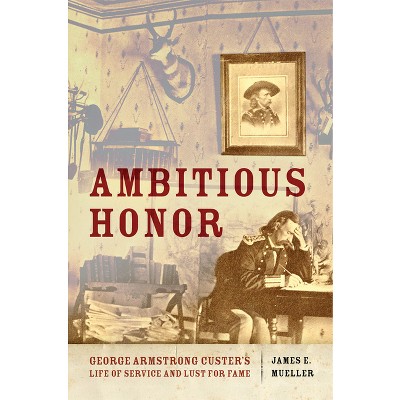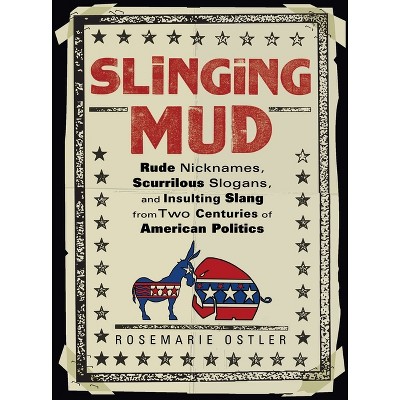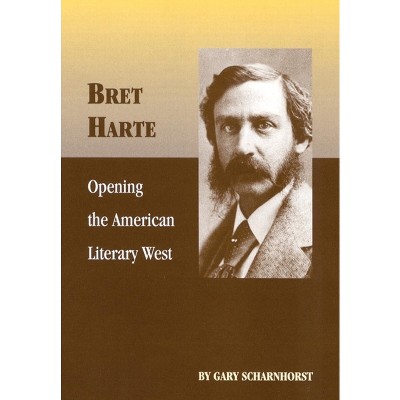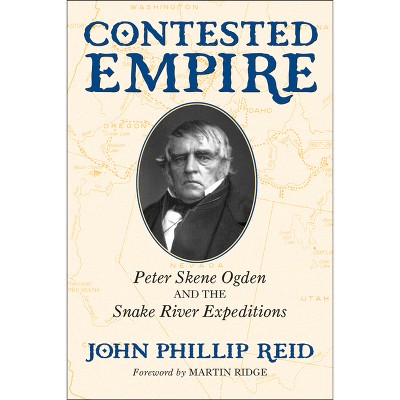About this item
Highlights
- The defeat of George Armstrong Custer and the Seventh Cavalry at the Battle of the Little Bighorn was big news in 1876.
- Author(s): James E Mueller
- 276 Pages
- Language + Art + Disciplines, Journalism
Description
About the Book
The defeat of George Armstrong Custer and the Seventh Cavalry at the Battle of the Little Bighorn was big news in 1876. Newspaper coverage of the battle initiated hot debates about whether the U.S. government should change its policy toward American Indians and who was to blame for the army's loss--the latter, an argument that ignites passion to this day.Book Synopsis
The defeat of George Armstrong Custer and the Seventh Cavalry at the Battle of the Little Bighorn was big news in 1876. Newspaper coverage of the battle initiated hot debates about whether the U.S. government should change its policy toward American Indians and who was to blame for the army's loss-the latter, an argument that ignites passion to this day. In Shooting Arrows and Slinging Mud, James E. Mueller draws on exhaustive research of period newspapers to explore press coverage of the famous battle. As he analyzes a wide range of accounts-some grim, some circumspect, some even laced with humor-Mueller offers a unique take on the dramatic events that so shook the American public.
Among the many myths surrounding the Little Bighorn is that journalists of that time were incompetent hacks who, in response to the stunning news of Custer's defeat, called for bloodthirsty revenge against the Indians and portrayed the "boy general" as a glamorous hero who had suffered a martyr's death. Mueller argues otherwise, explaining that the journalists of 1876 were not uniformly biased against the Indians, and they did a credible job of describing the battle. They reported facts as they knew them, wrote thoughtful editorials, and asked important questions.
Although not without their biases, journalists reporting on the Battle of the Little Bighorn cannot be credited-or faulted-for creating the legend of Custer's Last Stand. Indeed, as Mueller reveals, after the initial burst of attention, these journalists quickly moved on to other stories of their day. It would be art and popular culture-biographies, paintings, Wild West shows, novels, and movies-that would forever embed the Last Stand in the American psyche.
Review Quotes
"Back when newspapers were the primary source of information, opinion, and entertainment in America, when even small towns had competing papers with divergent political and religious affiliations, the public formed its views on current events mostly from what appeared in the press. Shooting Arrows and Slinging Mud is a rich, readable study of the newspaper response in 1876 to Custer's disastrous defeat at the Little Bighorn--a response that proved instrumental in creating the enduring fascination with Custer's Last Stand."--Brian W. Dippie, author of Custer's Last Stand: The Anatomy of an American Myth
"The journalists who covered the Battle of the Little Bighorn in the immediate aftermath of Custer's defeat set the framework for all subsequent discussions and debates about Custer's Last Stand, a framework that continues to reverberate in modern journalism, the academic world, and popular culture today. James Mueller here provides a most thorough review of that early coverage. His study underscores how Custer's critics and fans alike remain so indebted to the first generation of reporters and editors to comment on those stunning events."--Sandy Barnard, coauthor of Where Custer Fell: Photographs of the Little Bighorn Battlefield Then and Now












